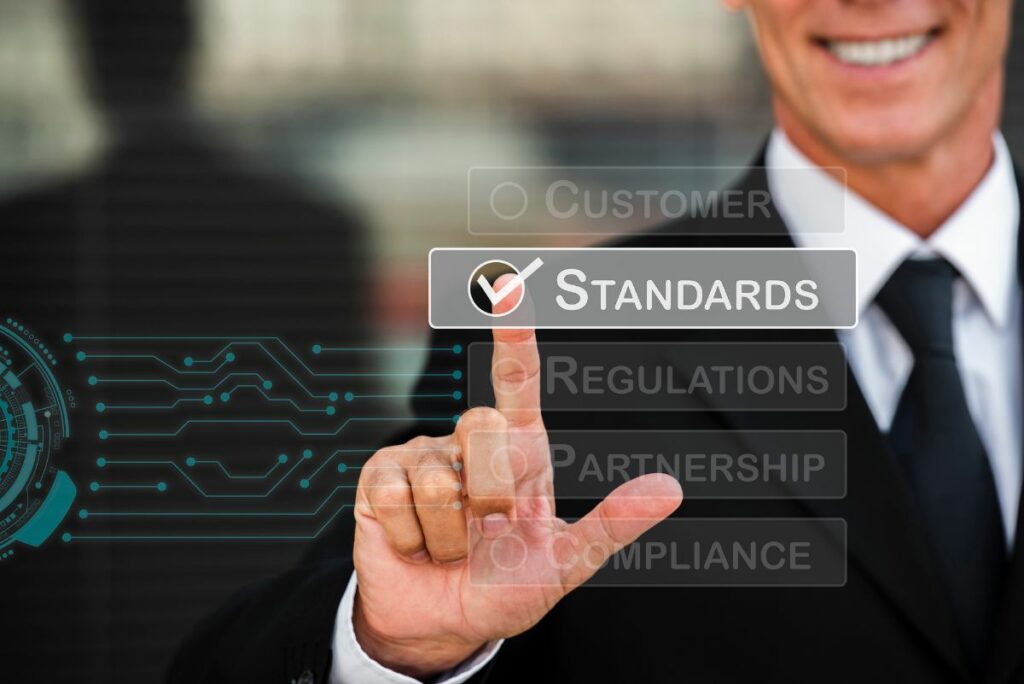Table of Contents
ToggleA. Transparency
B. Flow
C. Relentless improvement
D. Culture
E. Program execution
The correct answer is
C. Relentless Improvement
E. Program Execution
Explanation
Two of the SAFe (Scaled Agile Framework) core values are:
Relentless Improvement
This core value emphasizes the importance of continuous learning and growth within the organization. It encourages teams and individuals to constantly seek ways to improve their processes, products, and services through feedback loops, experimentation, and reflecting on successes and failures.
Program Execution
This core value highlights the importance of delivering value through successful program execution. It focuses on achieving the organization’s goals and objectives by effectively implementing SAFe principles and practices, ensuring teams work together efficiently to deliver high-quality solutions to their customers.
These core values are part of what makes SAFe a comprehensive framework for large-scale Agile project management and development, guiding organizations in scaling lean and agile practices beyond single teams.
Let’s dive deeper into the explanations of the two SAFe core values you’re interested in Relentless Improvement and Program Execution.
Relentless Improvement
Relentless Improvement is one of the cornerstones of the Lean-Agile mindset, which SAFe promotes. This value is about fostering a culture of continuous learning and growth, where the pursuit of operational excellence is a constant endeavor. Here’s what it entails:
- Continuous Reflection and Learning: Encouraging teams to regularly reflect on their practices, identify inefficiencies or problems, and seek out solutions. This is often facilitated through retrospectives and other feedback mechanisms.
- Proactive Problem-Solving: Instead of being reactive to issues as they arise, relentless improvement pushes for a proactive stance on identifying and resolving potential bottlenecks or impediments before they impact performance.
- Innovation and Experimentation: Promoting a safe environment for experimentation where innovative ideas can be tested, and learning from failures is seen as an opportunity for growth rather than a setback.
Program Execution
Program Execution is about the actual delivery of value through the successful implementation of SAFe. It stresses the importance of turning plans and commitments into tangible results that meet the stakeholders’ needs. Here’s what this involves:
- Alignment and Collaboration: Ensuring all teams within the Agile Release Train (ART) are aligned on their objectives and work collaboratively towards achieving them. This includes effective communication and coordination across different teams.
- Delivering Value: The ultimate goal of program execution is to deliver high-quality, valuable products or services to the customer promptly. This requires effective backlog management, sprint planning, and adherence to Agile principles.
- Measuring and Improving Performance: Monitoring the performance of delivery processes through key metrics and indicators, allowing for adjustments and improvements to be made in real time to ensure successful program execution.
Both Relentless Improvement and Program Execution are critical to the successful adoption and effectiveness of SAFe. They ensure not only that the processes and practices are continuously refined and improved but also that the end goal of delivering value efficiently and effectively is always the primary focus.
Other Leading SAFe 6.0 Question – Which statement is true when continuously deploying using a DevOps model?
